Auschwitz Concentration Camp was the place of one of the most terrible genocide in the history of mankind, which everyone should know about.
I’m sure you will agree with this…
By reading this article you will gain elementary knowledge about the holocaust and Auschwitz.
What for?
It can help you to better understand what you will see by visiting Auschwitz.
You will also learn what human nature is capable of, in terms of ruthlessness and courage.
Follow this post and get to know the real story.
Table of Contents
Painful Word Holocaust
Basically, holocaust is a genocide of Jews during World War II.
It was a main part of Nazi’s racist and anti-Semitic program.
What was the purpose?
Providing for the isolation of the Jewish population and the gradual deprivation of all civil rights.
The first repressions started with discrimination, followed by separation and arrival to concentration camp.
But it wasn’t enough for them
Their aim was the “Final Solution”, which meant the murder all the Jews and total destruction of their culture.
Effects?
During the World War II around 6 millions Jews died or were killed which was half of their population.
And not only Jews
In a broader sense holocaust concerns Jews and millions other victims murdered in German Nazi death camps like Auschwitz Concentration Camp.
What exactly Auschwitz Concentation Camp was?
You have to know, that the idea of concentration camps wasn’t invented by Germans.
Actually, the term “concentration” has its origins in camps set up in Cuba in 1897.
But they used this idea in much more brutal way.
It all started a few years before The World War II, when Adolf Hitler became a Chancellor and gained control of the German policy.
As the Second World War started, the German Nazi invasion of Poland needed camps to place all prisoners.
This is why, German Nazi decided to build more camps on invaded territories.
Where exaclty?
Concentration Camps Auschwitz is in the Province of Upper Silesia in southern polish territory incorporated by Third Reich.
Why there?
German Nazi were aware that it was important to choose the adequate location to hold so many prisoners in one place and conduct mass extermination.
This was the reason why Auschwitz site was in the middle of Europe.
If you want to know more about it’s location, read this article.
The purpose of the camps expanded from forced labour and detention of enemies of the state to mass murders.
Finally this Nazi Concentration Camp became the final destination for over 1 million inmates.
What actually happened in Auschwitz?
There is no doubt that Auschwitz Concentration Camp was the worst concentration and extermination camp.
Auschwitz-Birkenau consisted of 300 different buildings, including barracks and gas chambers with crematoria.
Above all, it was a death camp.
What does it mean?
The prisoners were transported there for:
- hard work (also ending with death)
- cruel medical experiments
- sudden death
All of the scenarios were sadistic.
Hard work in Auschwitz Concentration Camp
After the transport of new prisoners arrived, soldiers selected them into two groups. The ones that were able to work were admitted to camp and assigned to forced labour.
What happened to them first?
German soldiers dehumanized them by:
- completely cutting off their hair
- taking away all their clothes and belongings
- giving them striped prison uniforms and a pair of shoes instead
- registering them and tattooing with a serial number.
The prisoners slept together in barracks, usually with three inmates per wooden bunk. The bucket replaced the toilet and the cold shower was once a week.
The prisoners were deprived of space, food (700 kcal per day), sleep and medical attention. They had to work over strength.
If you want to know how the day in Auschwitz looked like, watch this movie:
Some prisoners left in the camp, some composed Sonderkommando units (responsible for the corpses), but most of the prisoners worked hard outside in:
- factories
- building projects
- colliery
- or ranches
All belonging to German companies.
Inhuman experiments in Auschwitz
Some prisoners were chosen by doctors and the experiments were conducted on them.
What kind of?
Among many doctors of Auschwitz the most notorious were Dr. Carl Clauberg and Dr. J. Mengele.
- Clauberg focused on women sterilization with x-rays and injection of various substances into women’s uteri.
- Mengele especially searched for identical twins to find a way to clone a perfect Aryan.
Immediate death in Auschwitz Gas Chambers
The last group of arrivals: too weak to work, children, women with small children and elderly were murdered immediately in gas chambers.
The holocaust gas chambers were disguised as shower facilities, sometimes even with soap and towels. That’s why they took all clothes off and entered the chamber without hesitation.
What happened after?
The doors were locked and pellets of Zyklon B was dumped in.
Despite the thick walls, the screaming and moaning were heard outside for a long minutes.
After the extermination the Sonderkommando wearing the gas masks dragged out the bodies and burned them in crematoriums.
How many there were?
Crematorium I operated until July 1942. About 60 000 prisoners were murdered in that particular place.
Crematoria II, III, IV and V were successively built and used for corps disposal.
A lot, right?
In summer even 20 000 prisoners were killed per day.
The ashes of the victims were buried, thrown in the river or used as fertilizer.
Before Auschwitz liberation, Himmler ordered to cease gassing and destroy crematoria. Sonderkommando was forced to remove the evidence of killing, like mass graves.
Auschwitz Liberation
In mid-1944 there were 130 000 prisoners in Auschwitz Concentration Camp. Half of them were supposed to move as the Soviet Red Army was approaching Poland.
The final evacuation of Auschwitz started in January 1945. On 17th January 1945 about 56 000-58 000 prisoners started the death march toward Wodzisław Śląski.
What did this march look like?
Severe winter, exhaustion and starvation made thousands of people died during the walk. Prisoners too slow or too weak to walk were shot immediately.
In 27th January Red Army liberate Auschwitz Concentration Camp. Soviets found 7500 prisoners and 600 corpses.
What else did they found?
370000 men’s suite, 837000 women’s garments and 7.7 tons of human hair.
Lorries with bread arrived the next day. Volunteers offered first aid and assistance. Hospital cared for 4500 patients suffering from:
- starvation
- alimentary dystrophy
- gangrene
- necrosis
- internal haemorrhaging
- typhoid fever
About 500 of liberate prisoners died.
How many people died in Auschwitz?
The method of the disposal of the dead bodies in Auschwitz make it almost impossible to calculate.
Moreover, many of prisoners were never registered and thousands of them never got to the camp, dying during transportation.
Furthermore, when Red Army was about to approach Poland, Himmler gave the order to burn all the files.
It all makes it difficult to calculate how many people died in Auschwitz Concentration Camp.
There are many theories on this subject:
- The Soviet government claimed that around 4 millions people were killed on the site.
- According to Höss testimony 2.5 million Jews were killed in gas chambers and 0.5 million died of other causes.
- A French Scholar George Wellers used German data on deportation and estimated a figure of 1 471 595 deaths, including 1.35 million Jews and 86 675 Poles.
- According to polish historian, Franciszek Piper’s study 1.1 million people died or were killed in Auschwitz, including 960 000 Jews. He combined timetables of train arrivals with deportation records.
The tables below will show you the proportions of victims nationality:
| Nationatilty | Number of dead |
| Jews | 960 000 |
| Poles | 75 000 |
| Romani | 21 000 |
| Soviets | 15 000 |
| Other | up to 15 000 |
| Nationality | Number of prisoners |
| Jews | 1 100 000 |
| Poles | 150 000 |
| Romani | 23 000 |
| Other | over 30 000 |
Holocaust Memorial Day
Holocaust Memorial Day refers to an annual day designated to honour the victims, survivors and rescuers of the Holocaust.
Different countries chose various dates. Most of them chose the anniversary of the liberation of Auschwitz concentration camp by the Soviet Union in 1945 (27th January).
If you want to check when this holiday is taking place in your country, you will find a table with dates at the bottom of this page.
Auschwitz Concentration Camp today
The post-camp relics are protected by the Museum created in 1947.
The buildings and crematoria destroyed before liberation were rebuilt with original material.
The Museum was named the World Heritage Site by UNESCO. Over million people visits Auschwitz every day.
If you want to see it virtually, visit this site:
What Auschwitz Looks Like Today? Photos and Video Virtual Tour.
You are probably wondering:
Can you visit Auschwitz Concentration Camp personally?
Of course!
But remember:
- Admission to the grounds of the Auschwitz-Birkenau Memorial and Museum is free of charge but we suggest you to hire an educator.
- During the visit hours the grounds and buildings of the Auschwitz Concentration Camp I and Auschwitz II-Birkenau camps are open to visitors.
- While on the grounds of the Museum observe the appropriate solemnity and respect.
It’s good to book your visit earlier due many visitors, so we recommend you to buy an organised trip to Auschwitz.
You can also see aerial view of Auschwitz below:
Holocaust Memorial Day dates:
| Chosen date | Country |
| 27th January | European Union, Czech Republic, Germany, Greece, Italy, Sweden, United Kingdom, United Nations (International Holocaust Remembrance Day – commemorating the tragedy of the Holocaust that occurred during the Second World War) |
| 5th May | Austria |
| 10th March | Bulgaria |
| 16th July | France |
| 4th May | Netherlands |
| 19th April | Poland |
| 9th October | Romania |
| 22nd April | Serbia |
| 27th Nisan (april/may) | Israel, (and many Jewish communities in other countries), Canada |
| 8-day period, from the Sunday before Yom Hashoah to the Sunday after Yom Hashoah | USA |
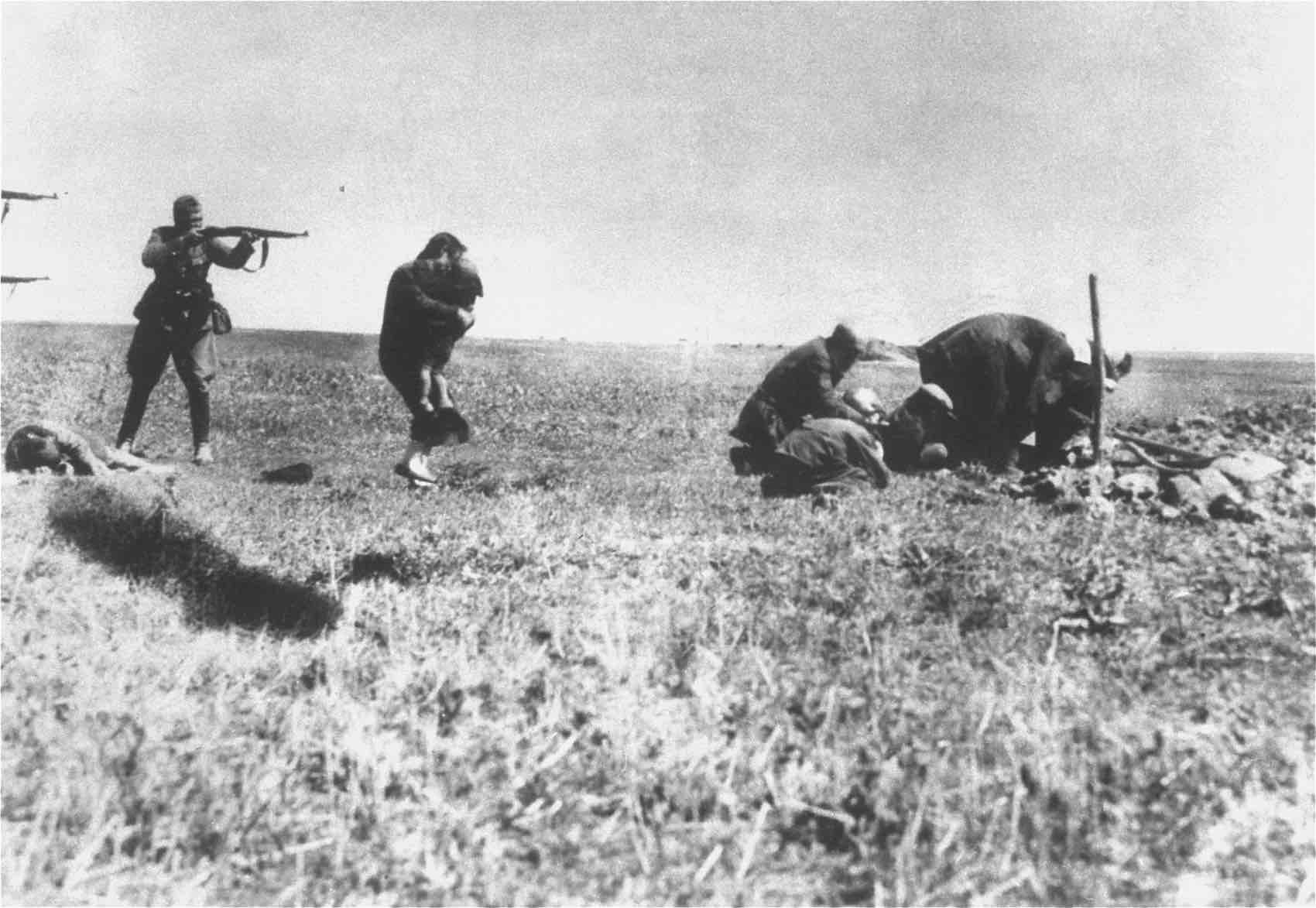
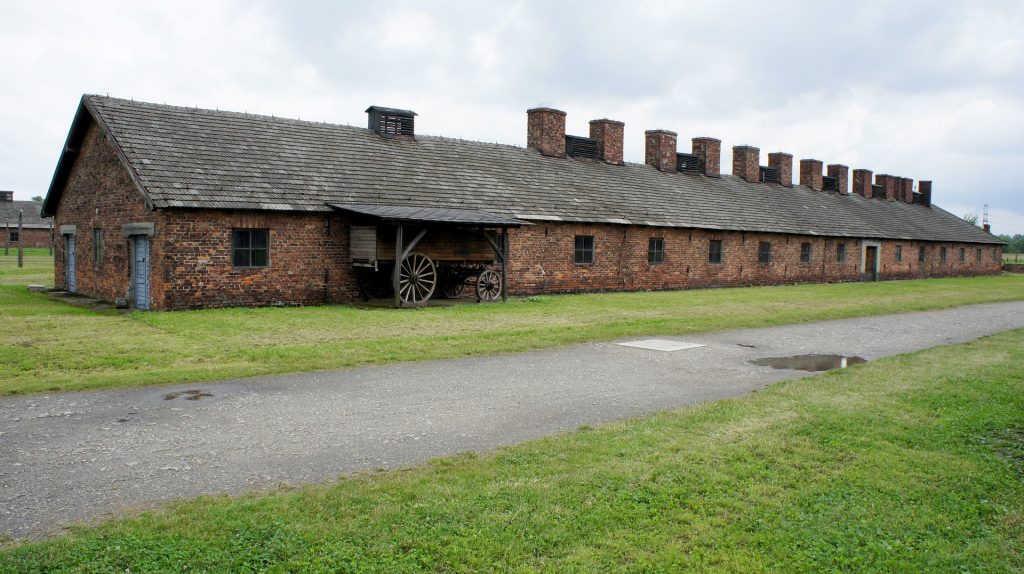
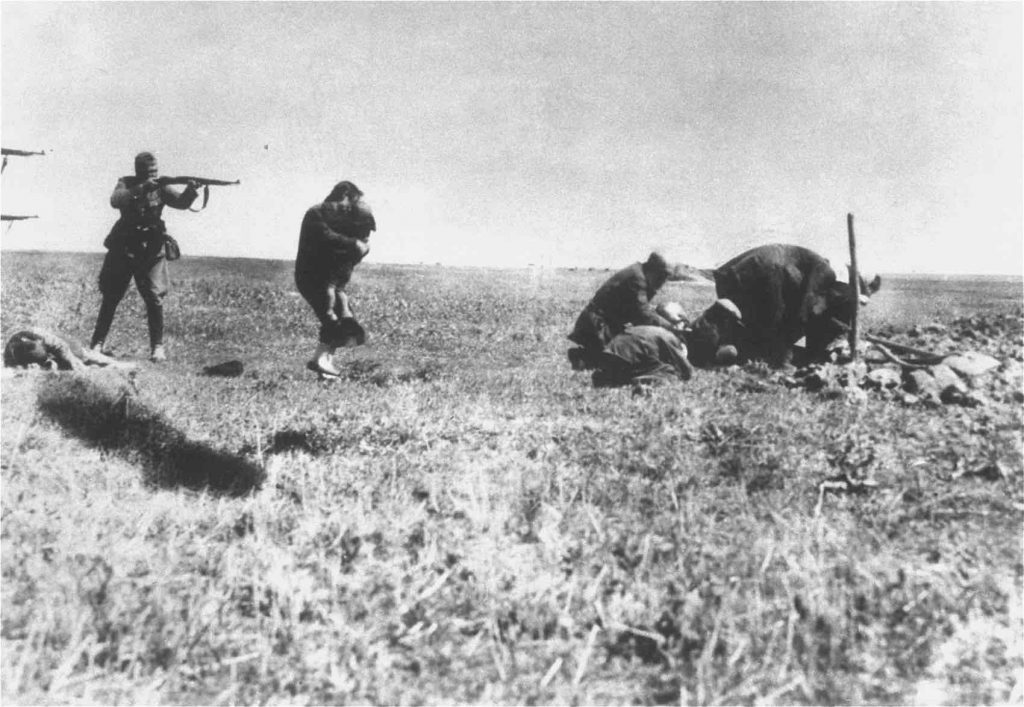
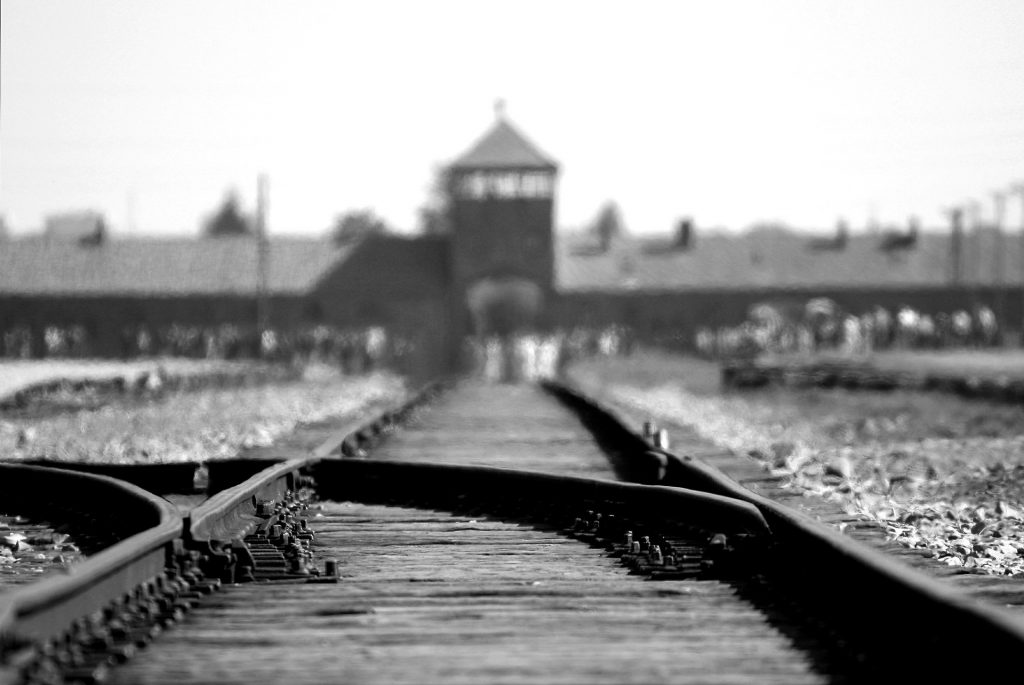

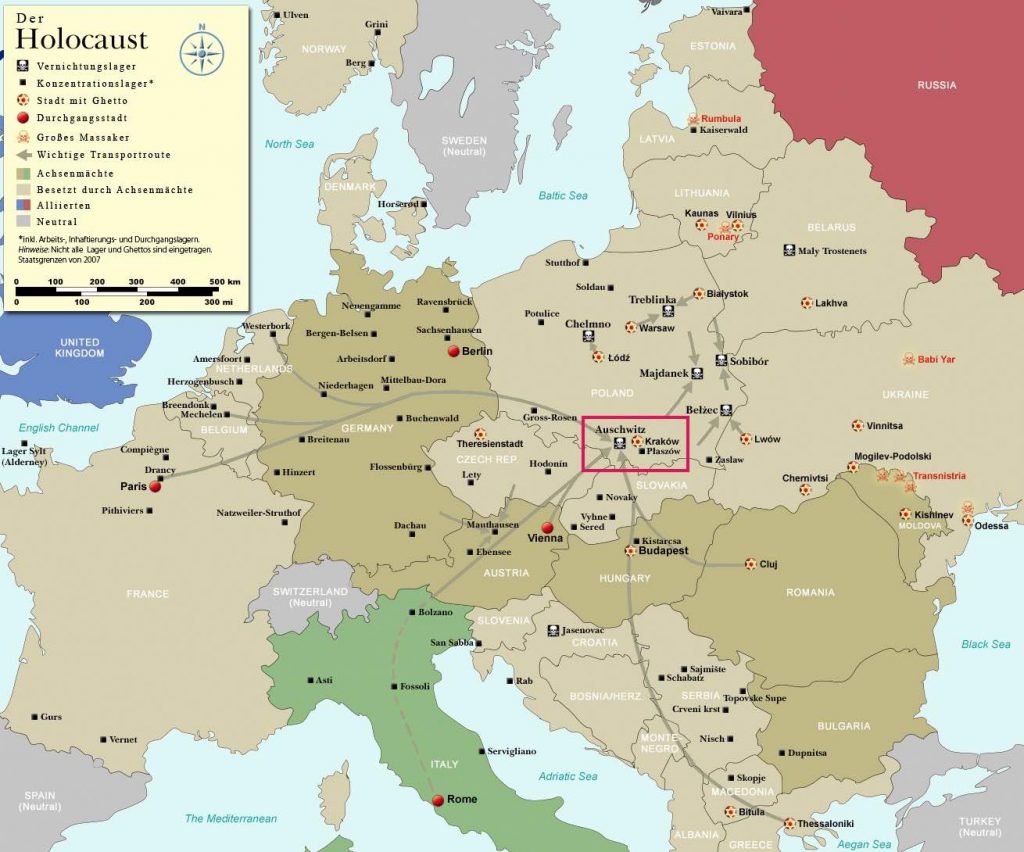

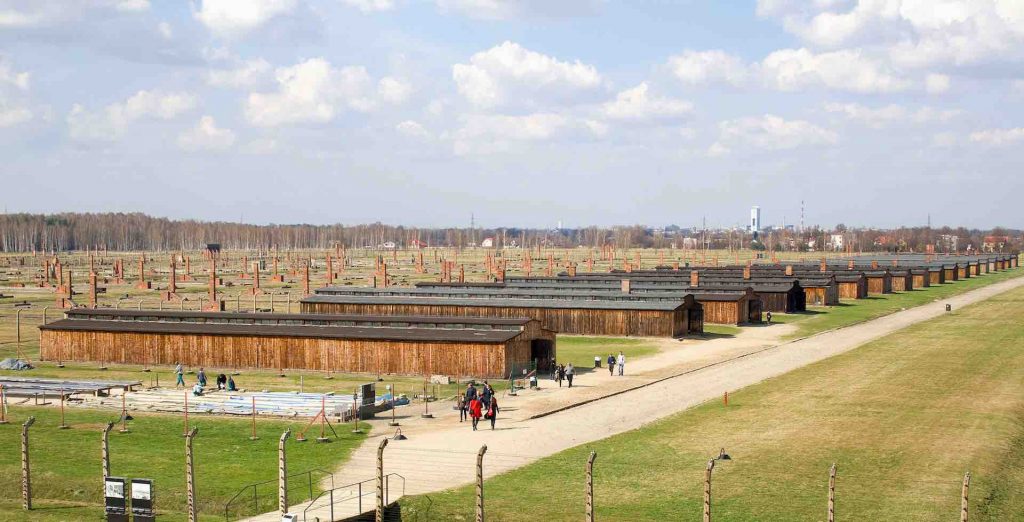
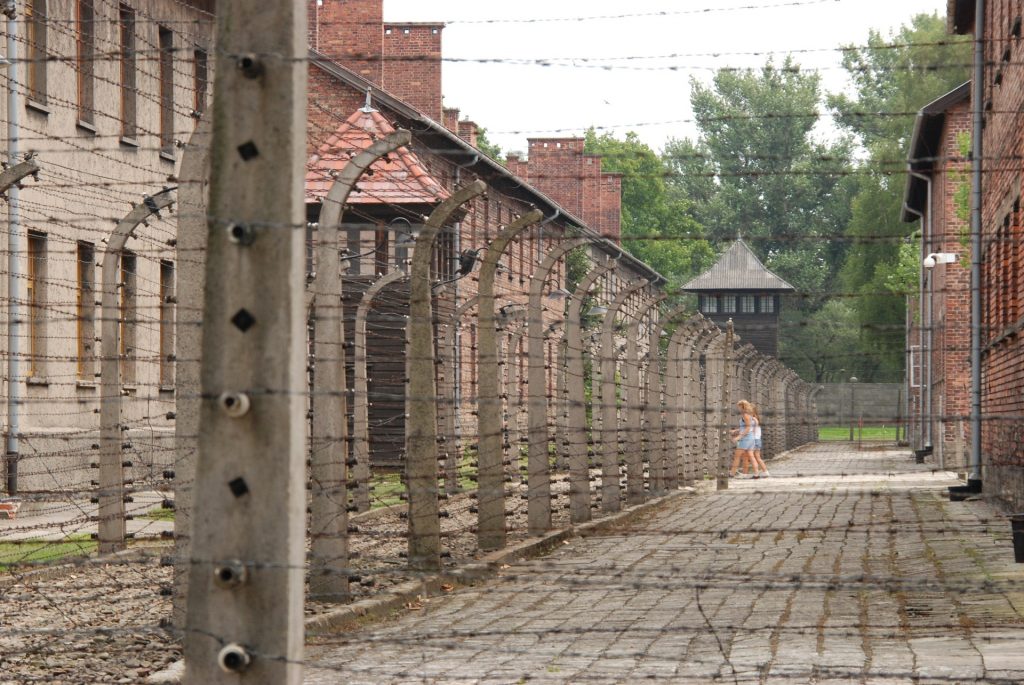
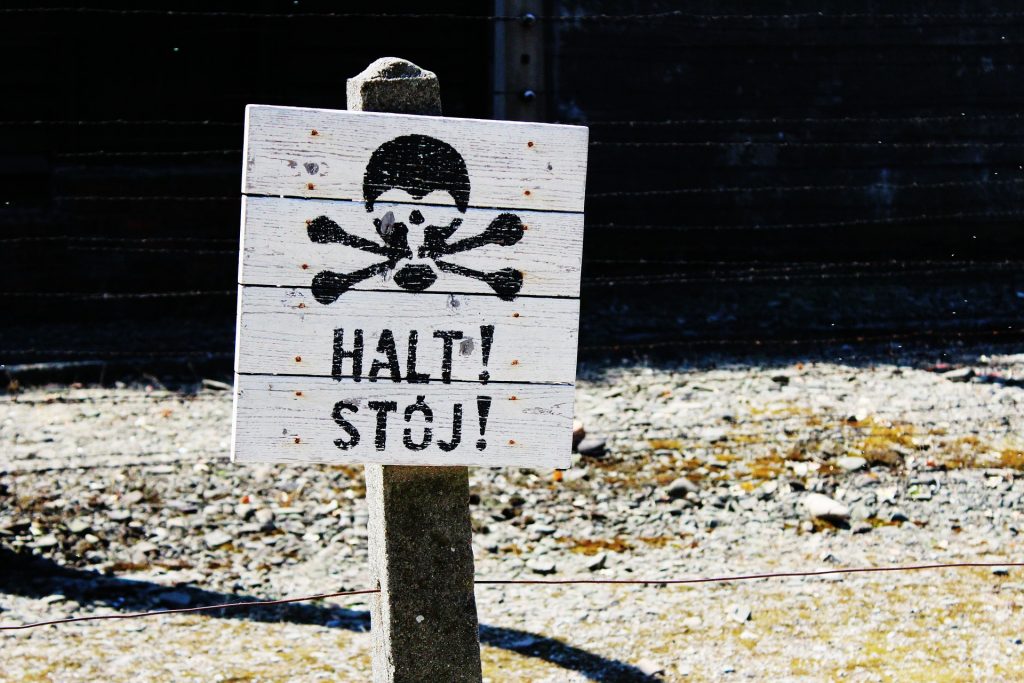
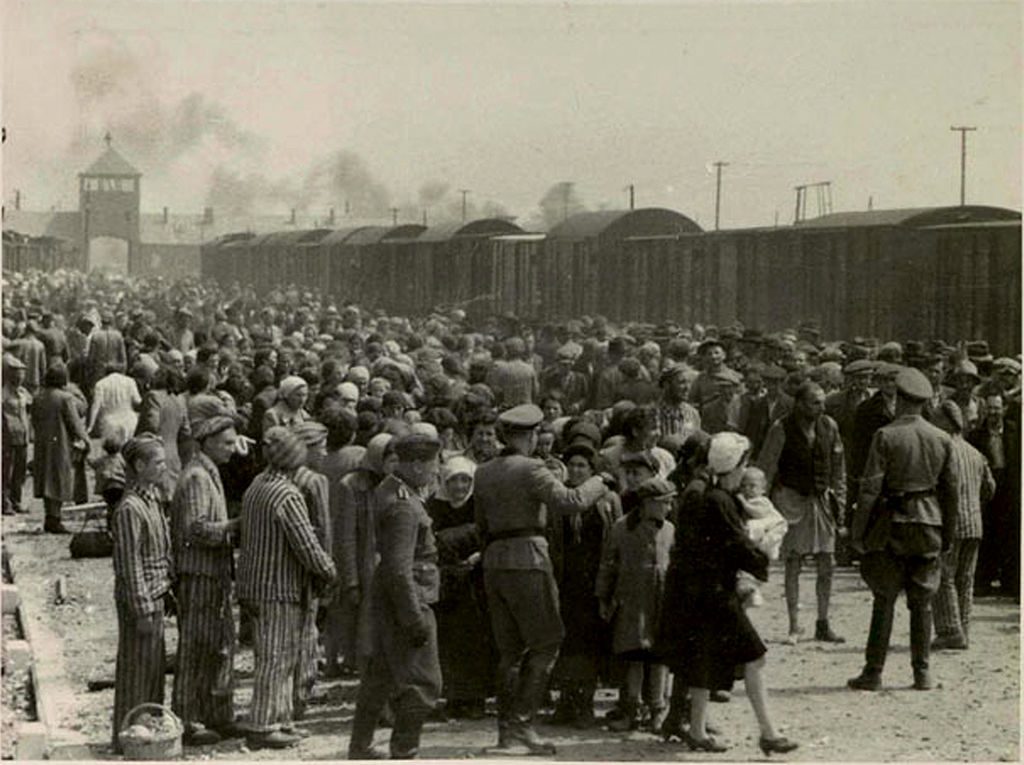
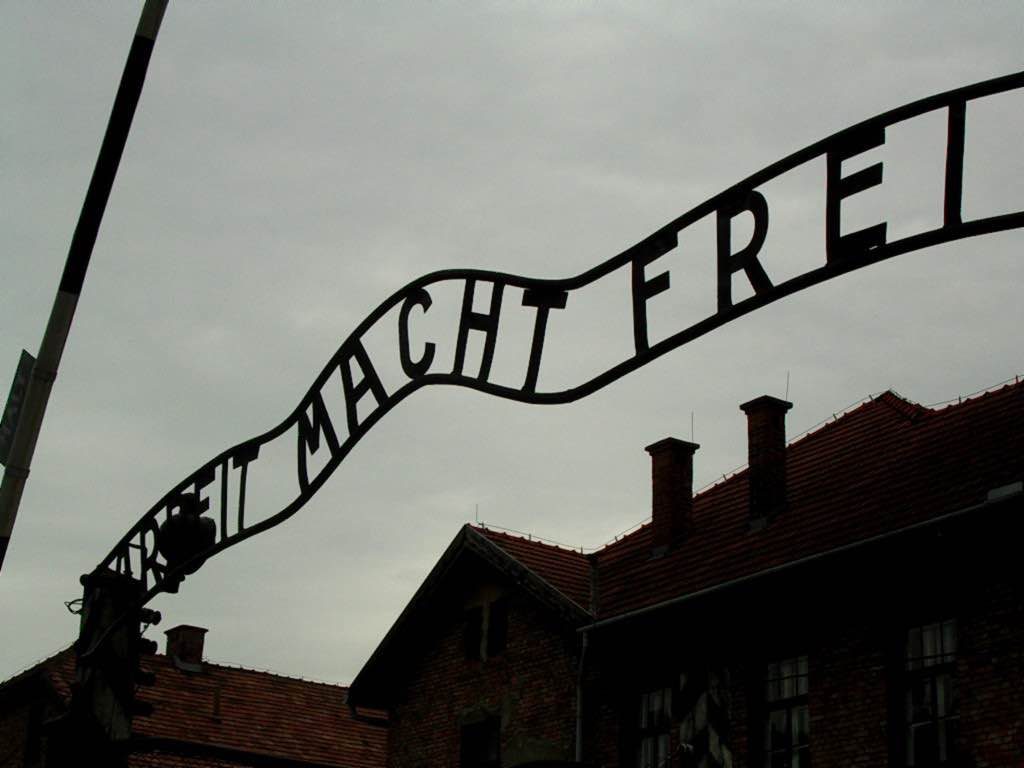
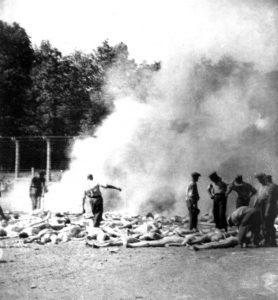

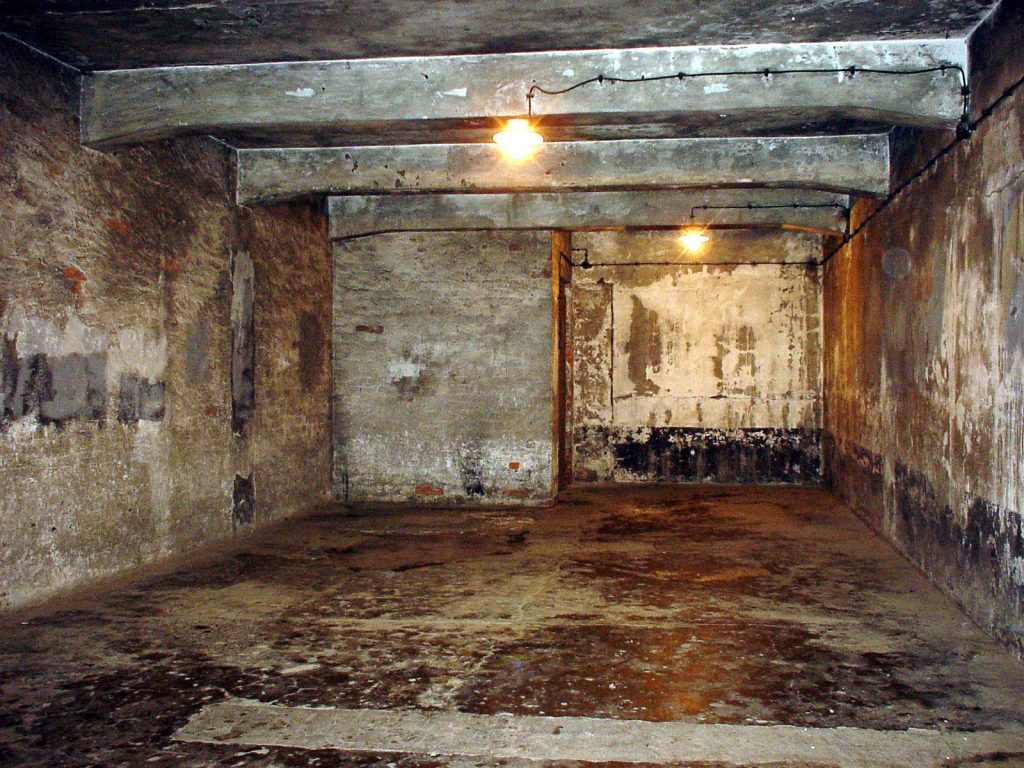
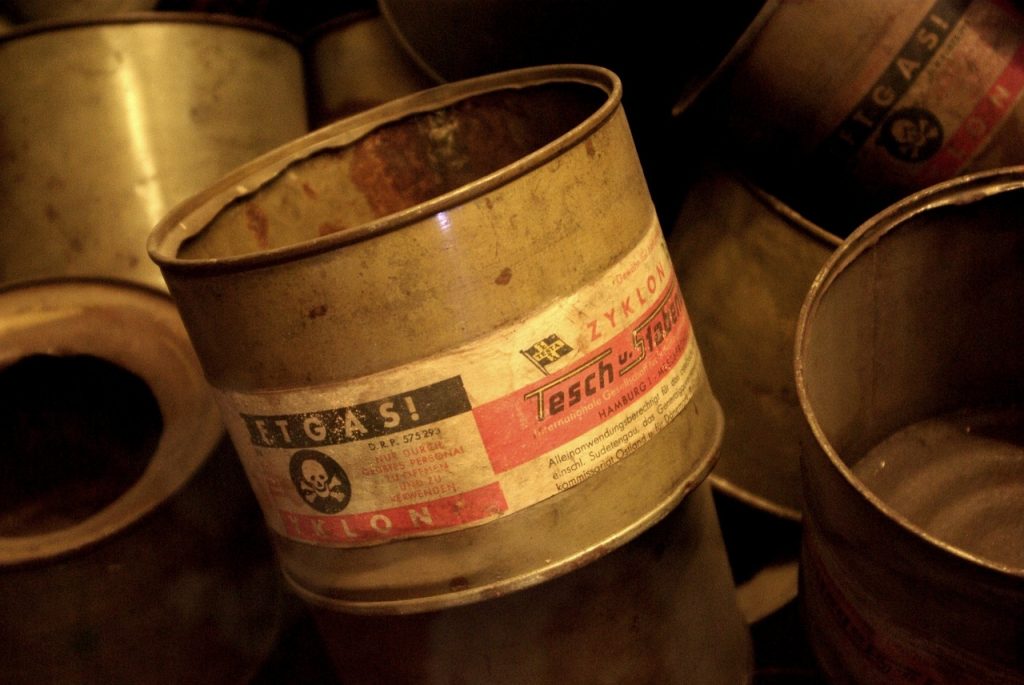

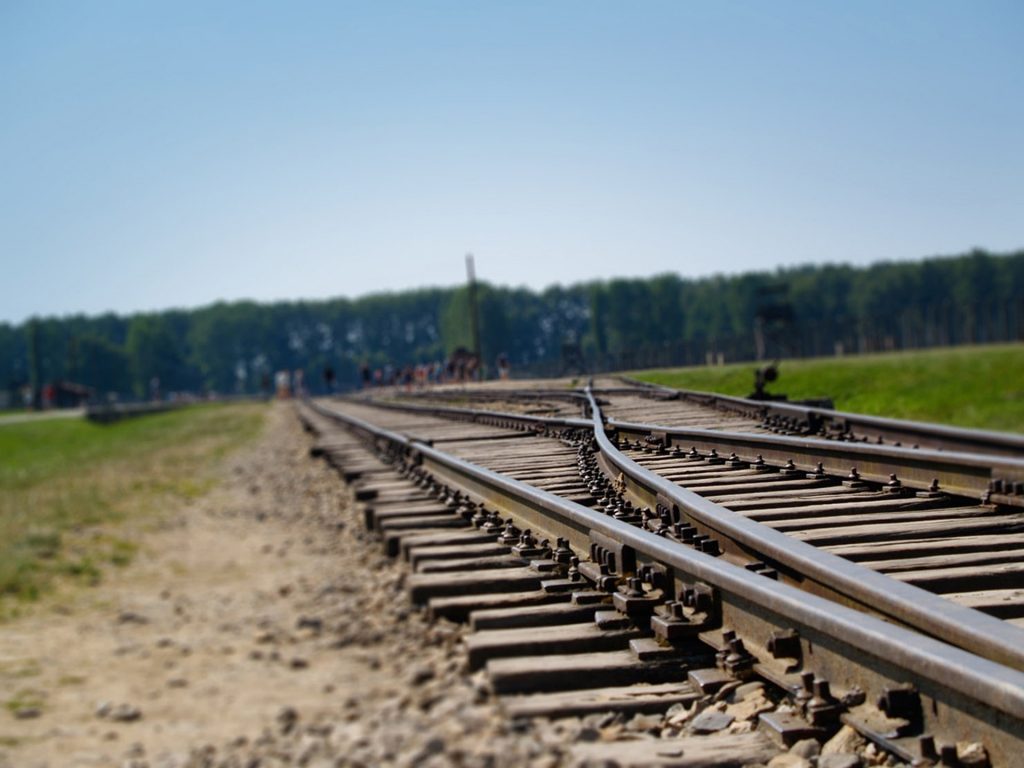



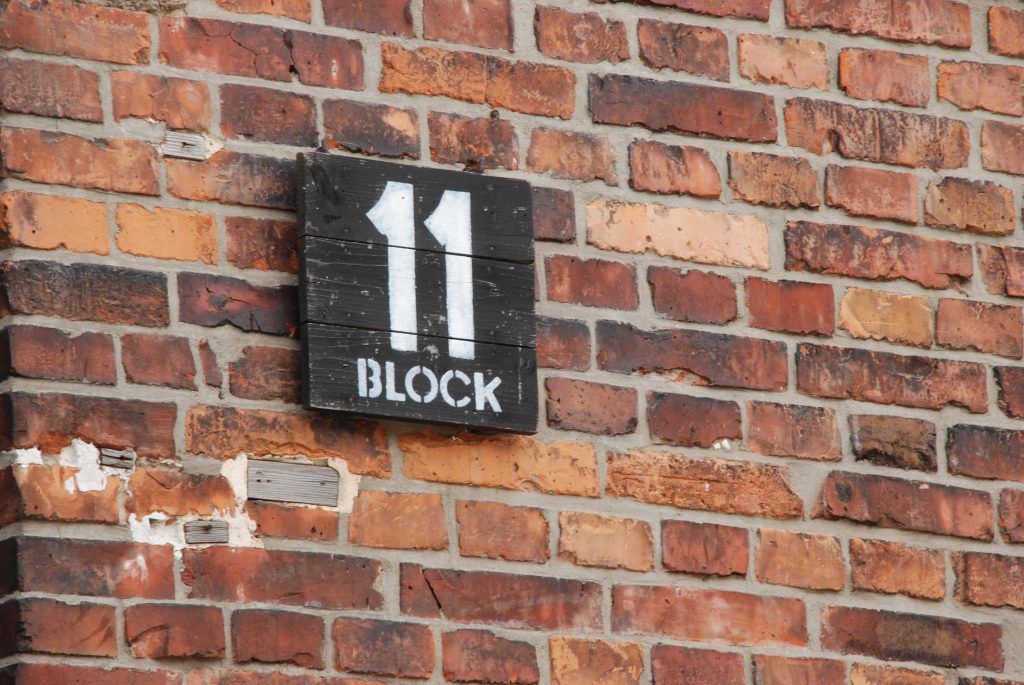
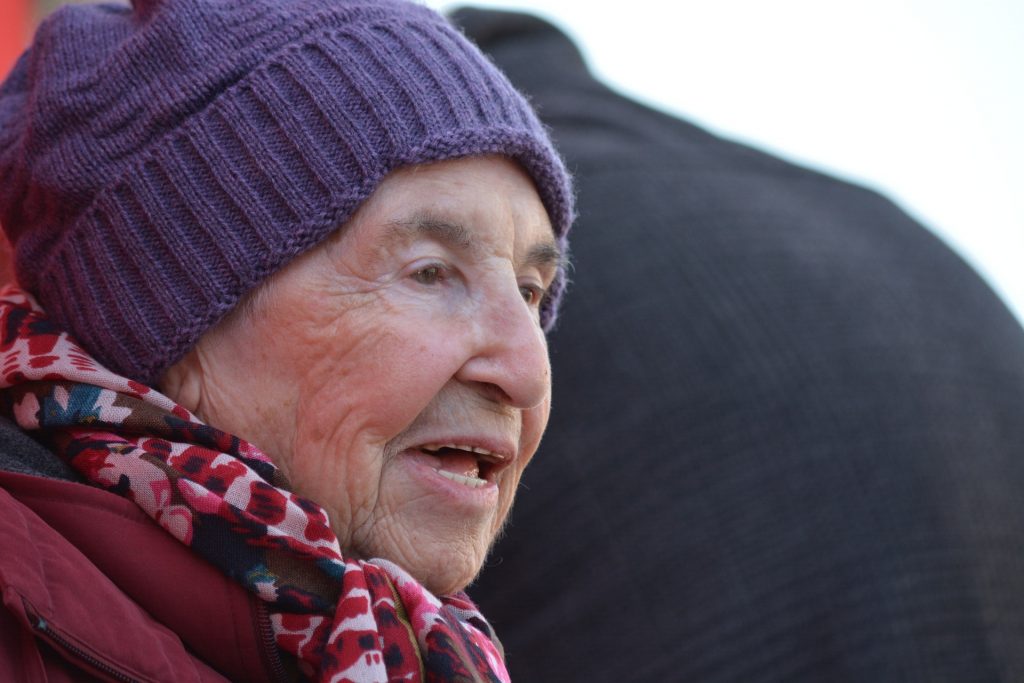

Do you mind if I quote a few of your posts as long as I provide credit and sources back to your website? My blog is in the very same niche as yours and my users would truly benefit from some of the information you provide here. Please let me know if this alright with you. Thank you!|
^^ I will let it this time… :]
I have read so many posts regarding the blogger lovers but this post is genuinely a nice paragraph, keep it up.
Thank you very much!
Do you mind if I quote a few of your posts as long as I provide credit and sources back to your website? My blog is in the very same niche as yours and my users would truly benefit from some of the information you provide here. Please let me know if this alright with you. Thank you!|
Hi, yes sure, please send me the links to your articles where you quote us: karolina.sleczkowska@discovercracow.com so I can see what you’re writing about 🙂
Best regards,